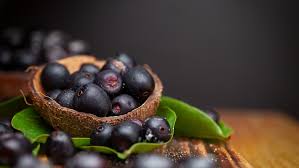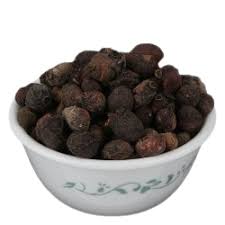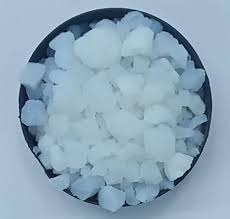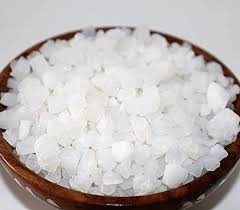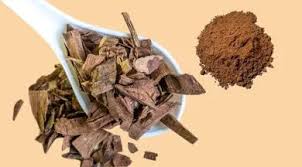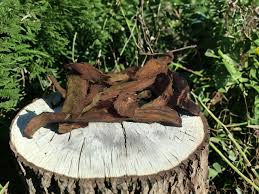
Banslochan in Traditional Indian Medicine: Ancient Uses
In the vast treasure trove of Ayurveda and ancient Indian medicine, Banslochan—also known as Tabasheer—has stood the test of time. Derived from the inner nodes of the bamboo plant, this translucent crystalline substance has been highly prized for its cooling, strengthening, and rejuvenating properties.
At Dirghaanshi, our mission is to revive the traditional knowledge of Jadi Buti (herbal remedies) and natural wellness. This article takes a deep dive into how Banslochan was traditionally used in Indian medicine for various purposes—from women’s health and respiratory ailments to bone strength and skin care.
If you’re interested in the ancient science of healing through natural remedies, understanding the historical uses of Banslochan will help you appreciate why it still holds value in holistic wellness today.
✅ Long Description (Approx. 850–900 words)
🌿 What is Banslochan?
Banslochan is a siliceous resin found inside bamboo stems, especially from species like Bambusa arundinacea. It appears as a clear to whitish crystalline powder and is composed primarily of silica, calcium, potassium, and other trace minerals. In Sanskrit, it is called “Tvaksheera” meaning “bamboo milk.”
In Unani and Ayurvedic texts, Banslochan is considered a Rasayana (rejuvenator) that:
Promotes vitality
Strengthens tissues (Dhatus)
Improves immunity (Ojas)
Its inclusion in ancient texts like Charaka Samhita and Sushruta Samhita showcases its long-standing role in Indian medicine.
🌱 Ancient Uses of Banslochan in Ayurveda
Let’s explore how ancient Indian practitioners used Banslochan in traditional formulations and treatments:
✅ 1. Respiratory Support
Banslochan was widely used for treating respiratory conditions such as:
Cough
Bronchitis
Asthma
Sore throat
It was often combined with honey, Vasaka (Adulsa), and Mulethi (Licorice) for soothing the airways, reducing inflammation, and improving breathing.
Why it works: Its expectorant and cooling properties help in clearing phlegm and calming aggravated Kapha dosha.
✅ 2. Bone and Joint Health
Silica, the main component of Banslochan, is crucial for:
Collagen production
Bone mineralization
Joint flexibility
Traditional healers gave Banslochan to elderly patients or women after childbirth to strengthen bones and speed up recovery.
Often it was combined with:
Ashwagandha for muscle tone
Shatavari for hormonal balance
Guggul for joint pain
✅ 3. Women’s Health and Postnatal Care
In ancient Indian households, Banslochan was part of Laddoos or herbal preparations given to women post-delivery. It helped with:
Strengthening reproductive organs
Cooling internal inflammation
Restoring vitality
It was also beneficial for balancing hormones and easing menstrual irregularities when paired with Shatavari or Lodhra.
✅ 4. Cooling Herb for Fevers and Heat Disorders
Ayurveda classifies Banslochan as Sheet Virya (cooling in nature). It was used to treat:
Burning sensation
Heat stroke
Excessive thirst
Pitta disorders
Combined with Gulkand (rose preserve) or Praval Pishti, it cooled the body and supported healthy digestion.
✅ 5. Natural Aphrodisiac and Vitality Booster
Banslochan is found in classical Rasayana and Vajikarana (aphrodisiac) formulations like:
Musli Pak
Ashwagandha Pak
Chyawanprash
It enhanced semen quality, reproductive strength, and overall Ojas (vital essence). Men and women both used it to improve stamina and immunity.
✅ 6. Skin Care and Anti-Aging
Ancient beauty treatments often included Banslochan in powdered or paste form for:
Brightening skin
Reducing acne and inflammation
Fading scars
Mixed with rose water, sandalwood, or Multani Mitti, it made effective face masks for natural skincare in royal palaces and homes alike.
✅ 7. Children’s Growth and Development
Banslochan was included in traditional recipes for Balya (growth-enhancing) and Medhya (brain-enhancing) purposes in children. Often mixed with:
Ghee
Mishri (rock sugar)
Almond paste
This combination was believed to:
Strengthen bones and muscles
Improve memory and concentration
Boost immunity
🧪 How Banslochan Was Prepared Traditionally
Banslochan was never extracted through chemical means in ancient times. It was:
Naturally collected from bamboo joints
Purified by drying under the sun
Crushed into powder or mixed into decoctions (Kashayams)
This ensured its purity and potency.
⚠️ Precautions Taken in Traditional Usage
Ancient healers were very mindful of dosage and source:
Only authentic Banslochan from specified bamboo species was used.
Excess intake was avoided to prevent side effects like constipation or dryness.
It was often paired with balancing herbs to neutralize any extreme effects.
🧘♀️ Why Banslochan Still Matters Today
While modern science is slowly catching up with the benefits of silica, Ayurveda has long recognized Banslochan’s potential. With increasing interest in:
Natural detox
Herbal supplements
Ayurvedic beauty routines
Banslochan has made a strong comeback. Brands and wellness seekers now explore it for:
Bone and joint support
Natural skincare
Holistic recovery after illness or childbirth
🌼 Conclusion
Banslochan is more than just a herbal supplement—it’s a legacy of ancient Indian wisdom. Its versatile benefits, when used correctly, can support skin, bones, immunity, and overall well-being. At Dirghaanshi, we believe in empowering people through age-old natural remedies like Banslochan that bring harmony to the body and mind.
By understanding its traditional uses, we reconnect with the Ayurvedic way of healing, where every herb is chosen with care and used with balance. As interest in Jadi Buti-based health solutions grows, Banslochan deserves its place in your holistic health journey.


